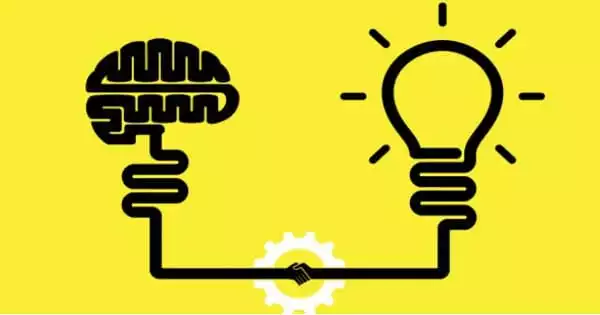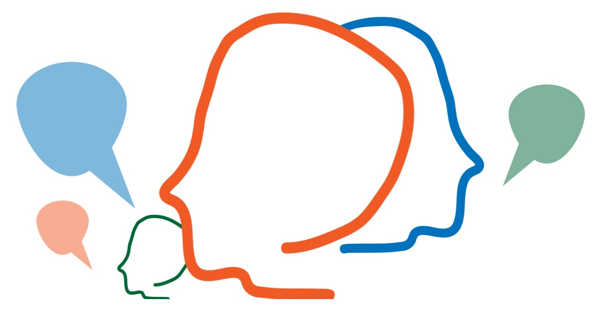We use emotional intelligence to progress our aims and achieve our goals when we learn how to use our emotions to impress the mind or shift our feelings into a position where they can assist us come up with new ideas and solve problems in a creative way.
If you’re putting together a team for a project, you might be tempted to choose folks who are upbeat, positive, and think creatively. According to specialists from Rice University, the University of Western Australia, Bond University, and the University of Queensland, a new management study suggests your team may benefit from those who are the polar opposite.
Jing Zhou, the Mary Gibbs Jones Professor of Management and Psychology at Rice’s Jones Graduate School of Business, co-authored the study, which looks at the effects of “team affective diversity” on team innovation. The study, published in the Journal of Organizational Behavior, is one of the first to show how, why, and under what conditions “affective diversity” in teams boosts team innovation.
Our findings suggest that interventions that focus on building the team’s transactive memory system, which can be accelerated when team members spend time together, share goals, receive information about member specializations, and train on the task together, may help teams use their affect heterogeneity
Professor Jing Zhou
Team members with “negative affect” demonstrate critical and persistent thinking, allowing them to spot problems that require solutions as well as look for and critically assess important information. Team members with “positive affect,” on the other hand, engage in broad and flexible thinking that broadens their range of information and allows them to identify unique and creative connections, according to the study.
“At any one time, some team members may have positive affects such as joy and inspiration, while others may experience negative affects such as irritation and worry,” Zhou explained. “Rather of attempting to homogenize the affects of team members, teams should welcome affective variation.”
When a team experiences a high level of this “affective heterogeneity,” what Zhou describes as “dual-tuning” leads to greater creativity.

The researchers put their theories to the test with 59 teams working on a semester-long project in an undergraduate management course at a Hong Kong institution. Each team created a business strategy, which included creating a new product and differentiating it from prospective market competitors.
To understand why emotional intelligence is such a vital key to unlocking creative thinking and invention, we must first grasp what emotions are and what emotional intelligence is. Emotions are simply “impulses to act,” and emotional intelligence is your ability to be aware of your emotions and comprehend how they effect your expression of self, connections with others, and the world in which you live.
To have a better understanding of the simplicity and complexity of our emotions, consider the five main emotions that we all experience at some point in our lives: happiness, sorrow, anger, fear, and shame. We experience over a hundred other emotions at varying intensities based on these five main emotions. For example, if we consider the basic feeling of shame, we may feel worthless at a high level of intensity, ashamed at a medium level, and regretful at a low one.
Zhou emphasizes how a team’s “affective heterogeneity” can be a source of collaborative creativity. This one-of-a-kind form of diversity fosters collaborative creativity, provided the teams have a strong “transactive memory system. “Our findings suggest that interventions that focus on building the team’s transactive memory system, which can be accelerated when team members spend time together, share goals, receive information about member specializations, and train on the task together, may help teams use their affect heterogeneity,” Zhou said.
Moods, while related to emotions, are not the same. They are more mooted and frequently emerge in four various guises: shy, sorrowful, bold, and upbeat. Moods can come and go and can often linger a long period. If we don’t recognize and understand our moods for what they are, we lose the ability to use them to inspire and fuel key breakthroughs or creative solutions.
















